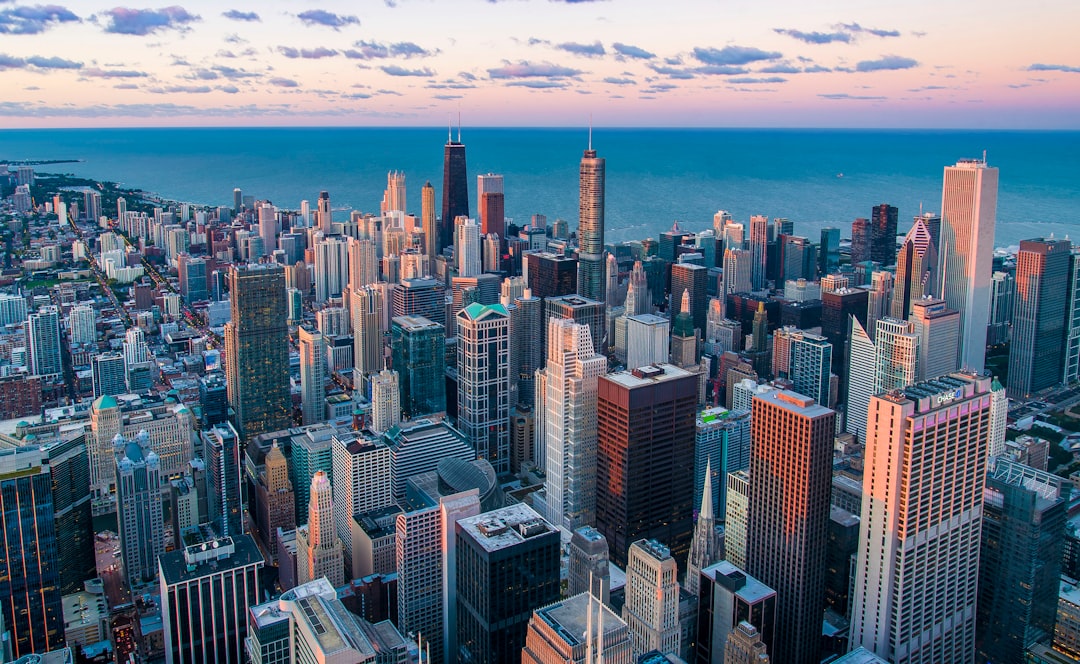Riverside's city planning focuses on preserving the city's historical charm and cultural significance while embracing modern advancements. Efforts are made to maintain architectural heritage and cultural landmarks, integrating them with innovative city design and infrastructure developments. The approach is delicate, balancing tradition with innovation, and involves community engagement to create a harmonious urban environment where past and present coexist. Strategic planning includes the revitalization of key areas like the Main Street Corridor and Magnolia Avenue, where historic structures are repurposed for contemporary use, ensuring that Riverside remains a living chronicle of architectural history while fostering sustainable growth and economic vitality. This thoughtful integration is what makes Riverside's city planning a model for balancing tradition with modern needs, reflecting the city's commitment to both its legacy and future urban development.
Riverside, a city rich with heritage and architectural charm, stands at an architectural and cultural crossroads. The interplay between preserving its storied past and embracing the dynamics of contemporary urban development presents both challenges and opportunities. This article delves into the nuanced dance of city planning that harmonizes the preservation of historical landmarks with the construction of modern infrastructure. It explores Riverside’s journey in maintaining its cultural tapestry while adapting to the evolving needs of a bustling city, offering insights through case studies that highlight successful integrations of past and present. Join us as we navigate this intricate balance, ensuring Riverside’s legacy endures while it steps confidently into the future.
- Balancing Tradition with Progress: Riverside's Historical Legacy and Modern Urban Development
- The Evolution of City Planning in Riverside: Harmonizing Heritage Conservation with Modern Infrastructure
- Case Studies: Successful Integration of Historical Preservation and Contemporary Urban Growth in Riverside
Balancing Tradition with Progress: Riverside's Historical Legacy and Modern Urban Development

Riverside, with its rich tapestry of historical architecture and cultural landmarks, stands as a testament to the city’s storied past. As urban development evolves, the challenge of preserving this heritage while embracing modern advancements in city planning becomes increasingly complex. The legacy of Riverside’s history is not merely a collection of buildings but an embodiment of its community’s identity and collective memory. Balancing tradition with progress requires a nuanced approach that honors the past while laying the groundwork for future growth.
City planners are tasked with the delicate duty of ensuring that Riverside’s historical significance is maintained amidst contemporary urban development. This involves strategic planning to integrate new infrastructure and residential spaces that complement rather than overshadow the city’s existing character. Through thoughtful design and inclusive community engagement, the city can navigate change without losing the essence of what makes it unique. The goal is to create a harmonious blend of the old and the new, fostering an environment where history and modernity coexist, enriching Riverside’s story for generations to come.
The Evolution of City Planning in Riverside: Harmonizing Heritage Conservation with Modern Infrastructure

Riverside’s city planning has undergone a significant evolution, reflecting a delicate balance between honoring its historical legacy and integrating modern infrastructure to meet contemporary urban demands. The city’s planners have consistently sought to harmonize heritage conservation with the advancement of public services and transportation systems. This dual focus is evident in the careful restoration of historic buildings alongside the development of efficient, sustainable urban spaces.
The historic district in Riverside serves as a living museum, where the architecture and ambiance transport visitors back to its founding era. Yet, the city’s planning initiatives also extend to the future, with an emphasis on smart growth principles that promote walkability, mixed-use developments, and environmental sustainability. This approach ensures that Riverside remains a vibrant community that respects its storied past while embracing the innovations necessary for a dynamic, forward-looking city. City Planning in Riverside thus represents a strategic fusion of tradition with modernity, creating an urban environment that is both a testament to the city’s history and a prototype for future urban development.
Case Studies: Successful Integration of Historical Preservation and Contemporary Urban Growth in Riverside

Riverside, a city rich in history and architectural heritage, stands at the crossroads of preserving its past while embracing the future through thoughtful city planning. One exemplary case study is the transformation of the Main Street Corridor, where historic buildings have been meticulously restored to house modern businesses, creating a vibrant commercial district that honors Riverside’s legacy while serving contemporary needs. This integration of old and new has not only revitalized the area but also attracted both residents and visitors, fostering a sense of community and economic vitality.
Another successful endeavor is the Magnolia Avenue Project, which showcases Riverside’s commitment to maintaining its historical character while incorporating modern amenities. This project involved the careful renovation of the avenue’s infrastructure, ensuring that underground utilities and streetscapes align with 21st-century standards without compromising the area’s historic charm. The result is a seamless blend of history and city planning that enhances the living experience for residents and offers an authentic slice of Riverside to those exploring its storied past. These case studies exemplify how careful urban development, guided by respect for historical integrity, can lead to sustainable growth and a harmonious coexistence of Riverside’s rich heritage and contemporary urban dynamics.
Riverside’s historical tapestry and its evolution into a modern urban center present a nuanced challenge that balances preserving its rich past with embracing contemporary development. The city’s planning efforts have demonstrated a commitment to harmonizing the old with the new, showcasing that thoughtful city planning can indeed safeguard heritage while fostering growth. Through the case studies highlighted, it is evident that Riverside’s approach to urban evolution has set a precedent for successful integration of its historical legacy and modern infrastructure, ensuring that the city continues to thrive while honoring its storied roots. As Riverside moves forward, it stands as a model for cities worldwide facing similar developmental crossroads.
